 Music
Music  Music
Music  History
History 10 Less Than Jolly Events That Occurred on December 25
 Weird Stuff
Weird Stuff 10 Funny Ways That Researchers Overthink Christmas
 Politics
Politics 10 Political Scandals That Sent Crowds Into the Streets
 Weird Stuff
Weird Stuff Ten Bizarre Facts About The Doge Meme
 Our World
Our World 10 Ways Your Christmas Tree Is More Lit Than You Think
 Movies and TV
Movies and TV The 10 Coolest Stars to Set Sail on The Love Boat
 History
History 10 Things You Didn’t Know About the American National Anthem
 Technology
Technology Top 10 Everyday Tech Buzzwords That Hide a Darker Past
 Humans
Humans 10 Everyday Human Behaviors That Are Actually Survival Instincts
 Music
Music 10 Surprising Origin Stories of Your Favorite Holiday Songs
 History
History 10 Less Than Jolly Events That Occurred on December 25
 Weird Stuff
Weird Stuff 10 Funny Ways That Researchers Overthink Christmas
Who's Behind Listverse?

Jamie Frater
Head Editor
Jamie founded Listverse due to an insatiable desire to share fascinating, obscure, and bizarre facts. He has been a guest speaker on numerous national radio and television stations and is a five time published author.
More About Us Politics
Politics 10 Political Scandals That Sent Crowds Into the Streets
 Weird Stuff
Weird Stuff Ten Bizarre Facts About The Doge Meme
 Our World
Our World 10 Ways Your Christmas Tree Is More Lit Than You Think
 Movies and TV
Movies and TV The 10 Coolest Stars to Set Sail on The Love Boat
 History
History 10 Things You Didn’t Know About the American National Anthem
 Technology
Technology Top 10 Everyday Tech Buzzwords That Hide a Darker Past
 Humans
Humans 10 Everyday Human Behaviors That Are Actually Survival Instincts
10 Curious Anomalies Of Political Geography
The human habit of cutting up land into parcels labeled “theirs” and “ours” has resulted in some pretty weird configurations. The political and social consequences of such oddities range from amusing to mildly inconvenient to tragic horrors of conflict and upheaval.
10The Northwest Angle
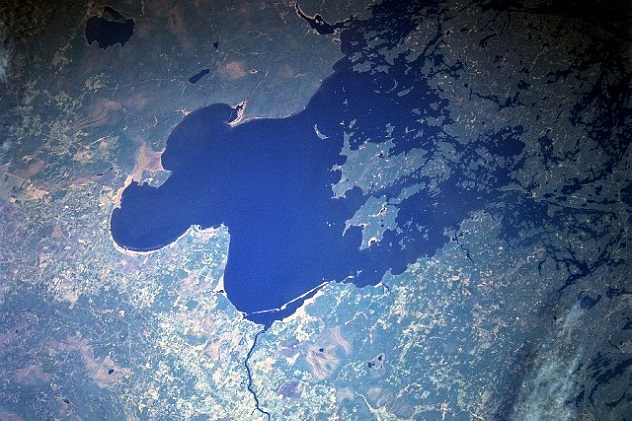
This piece of Minnesota can only be reached on land by going through Canada, and it was the result of a faulty map. The border that was first proposed in a treaty between the US and Great Britain specified a line due west of the northwesternmost point of the Lake of the Woods to the Mississippi River. Surveyors later found out that the map the diplomats had used was wrong and that the Mississippi was farther south. This makes it physically impossible to run a line to the Mississippi from the Lake of the Woods.
The map also gave the erroneous impression that the Lake of the Woods was egg-shaped with an easily identifiable northwestern point. In 1818, the Americans and British agreed to the 49th parallel as the northern border of the Louisiana Purchase territory. To connect this line to the northwest point of the lake (which was more accurately pinpointed by this time), a line running north to south was drawn, effectively slicing off part of Minnesota from access to the rest of the US by land.
In the spring of 1998, some Angle residents announced their desire to secede from the US and join Canada, complaining of US government inaction on the discriminatory fishing regulations imposed on them by neighboring Ontario. For those fishing in Canadian waters, these include high fees, catch-and-release regulations, and enormous amounts of paperwork. The secession plan was all a ploy to get the government’s attention, of course, but it worked. The Canadian regulations were deemed a violation of the North American Free Trade Agreement and revoked.
9The Shortest International Border
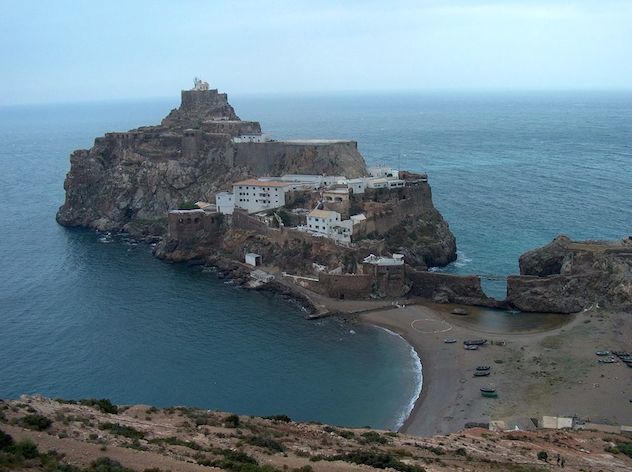
Penon de Velez de la Gomera is a 1.9-hectare (4.7 acre) rock fortress garrisoned by Spain off the coast of Morocco. It was an island until 1934, when a powerful storm piled up sand between it and the mainland, creating a narrow isthmus and turning the island into a peninsula connected to Morocco. This narrow neck of land gave rise to the world’s shortest international border. It measures just 85 meters (279 ft) long and separates Penon de Velez de la Gomera from Morocco.
Penon de Velez de la Gomera is one of three Spanish fortresses adjoining Morocco. They are called plazas de soberania, or “places of sovereignty,” and Spaniards and Moroccans have fought over them throughout history. Penon de Velez de la Gomera itself was besieged five times between 1680 and 1790. Aside from the plazas de soberania, Spain has two cities on the African mainland. Ceuta has a population of 79,000 and is double the size of Gibraltar, while 73,000 people call the city of Melilla home.
Though Morocco claims sovereignty, Spain is determined to hold onto the territories. Ceuta in particular is strategically important, with its 15th-century cathedral, shipyards, and fish-processing plant. Nevertheless, both countries do not allow their differences to get in the way of cordial relations. Since they are a part of Spain, Ceuta and Melilla constitute another geographical anomaly: They are the only European Union cities located in mainland Africa.
8Lake Constance
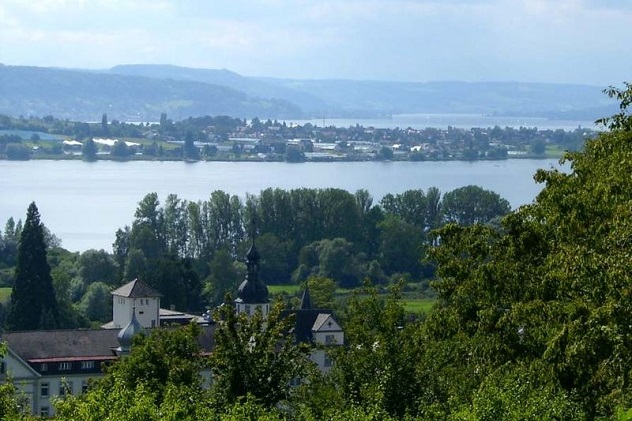
Lake Constance is the third-largest lake in central Europe. It is called the Bodensee by the Germans, but it has been commonly called Constance ever since the previously obscure town of Konstanz became the site of a great church council in 1414. You can swim, sail, windsurf, or canoe in the lake, and when you do, you will literally be in the middle of nowhere.
Aptly called a “black hole” in the middle of Europe, Lake Constance has seemingly swallowed up the borders of Austria, Switzerland, and Germany. All boundary lines end at the edge of the water, and there was never a treaty dividing the lake between the three neighbors.
The ownership of Lake Constance is a geographical mystery. The Swiss maintain that the international border passes through the middle of the lake. The Austrians say that all three nations have an equal share in an arrangement known as a “condominium.” The Germans have no official stance, but rest assured that German is the language of choice when traveling around the lake. In this confused situation, who has jurisdiction over what can pose a problem. Issues of a practical nature, like fishing rights or taxation of houseboats, are settled by separate treaties.
7Jungholz
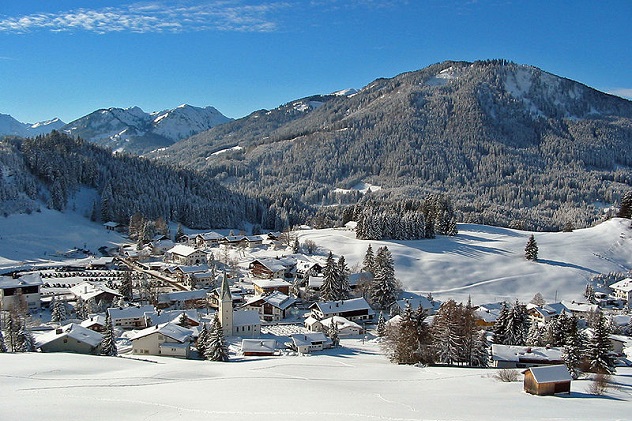
Points where the borders of three or four countries or states meet are easy enough to understand. Think of the Four Corners Monument where Colorado, Arizona, New Mexico, and Utah converge. More rare, however, are points where four borders are shared by only two countries. This anomaly, called a “boundary cross,” occurs in only three places on Earth. Two are in Baarle-Hertog/Baarle-Nassau at the Belgium-Netherlands border and the Cooch-Behar district between India and Bangladesh. The third lies near the Austrian village of Jungholz in the Alps.
Jungholz is surrounded almost entirely by Germany, connected to Austria only by a boundary cross that, for all practical purposes, is just a small dot. This configuration gives rise to complicated questions only mathematicians and philosophers can appreciate. Since the boundary cross is just a point, is Jungholz really connected to Austria? Is it really completely surrounded by Germany?
To reach Jungholz, one must first enter Germany from Austria and then reenter Austria. You cannot enter Jungholz from Austria unless you are willing to go through the inconvenience of climbing Mount Sorgschrofen and stepping over a rock etched with a cross marked “110” at its summit.
6Pheasant Island
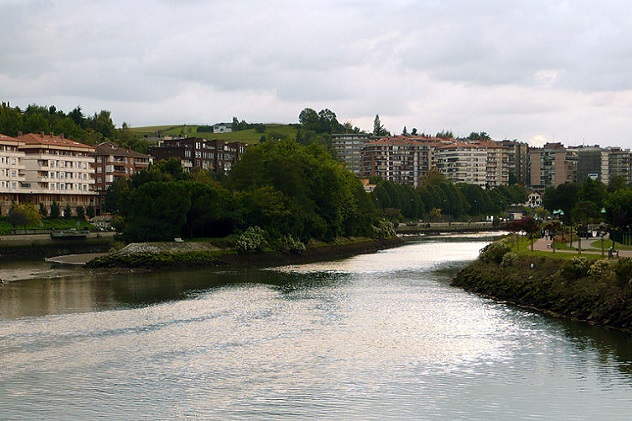
Pheasant Island lies on the Bidasoa River separating France from Spain. Known in France as the Ile de la Conference, this island, as the name suggests, was a favorite royal meeting place. After taking each other’s sisters as their brides, King Louis XIII of France and Philip IV of Spain first met their respective wives on the island after having married them by proxy. It was also on this island that Louis XIV met Maria Theresa of Spain.
Aside from swapping brides, the neighbors also exchanged prisoners here. More importantly, Pheasant Island was the site for the historic Treaty of the Pyrenees in 1659, which fixed the border between the two nations, thus ending the 24-year Franco-Spanish War. The border follows the Pyrenees as a natural dividing line, but Pheasant Island itself was declared a condominium to be jointly shared by France and Spain.
A monument commemorating the treaty stands on the island, but no visitors are allowed to see it. This makes Pheasant Island the world’s most exclusive and oldest surviving condominium. Also unique among condominiums, France and Spain don’t share sovereignty over Pheasant Island simultaneously but alternately: It is French for six months per year, Spanish for the remaining half. It is like a ball being tossed back and forth between the two nations. Since 1659, it has changed hands more than 700 times.
Incidentally, the Treaty of the Pyrenees also created another geographical oddity: the exclave of Llivia, which is Spanish but totally surrounded by France. When the treaty awarded France all villages north of the Pyrenees, Llivia contended that it was a town and escaped being absorbed by France on this technicality. Today, it is officially part of the Catalan province of Girona.
5The Knights Of Malta
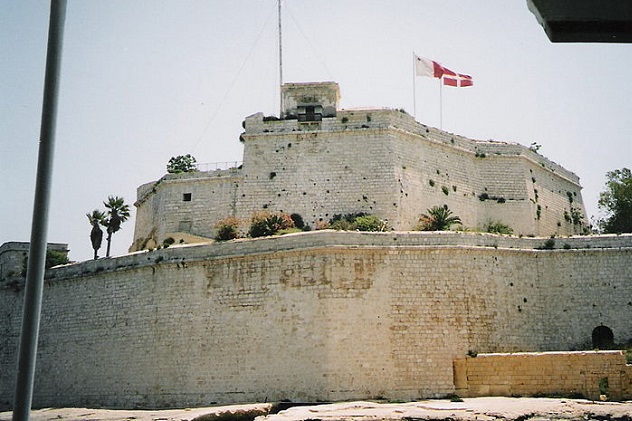
The Sovereign Military Order of Malta, as its name implies, is recognized as a sovereign entity by 104 countries with which it has diplomatic ties. But the Order defies the definition of sovereignty as “the quality of having supreme, independent authority over a territory.” The Knights of Malta does not possess any territory at all, unless you count two buildings in Rome in which it enjoys extraterritorial privileges. Still, the Order has embassies in other countries and issues its own passports, postage stamps, and currency. It also has a military corps. It is granted Permanent Observer status in many international organizations, including the United Nations.
The Order began during the Crusades as the Knights Hospitaller of Jerusalem. From 1530–1798, it did hold Malta as its territory, but Napoleon expelled the Knights from the island. The Order reestablished itself in Rome as a military-medical organization but retained its sovereign status. It is an anachronistic remnant of medieval feudalism, and indeed, it remains feudal in structure. Until the 1990s, for example, noble lineage was required of its officers. As in medieval times, nobleness of spirit and behavior is a prerequisite for those aspiring to knighthood. The Grand Master is both the sovereign and religious head of the Order. Separation of legislative, executive, and judicial powers is exercised.
In the 21st century, the Knights no longer fight battles with swords. Rather, they are at the forefront of the fight against poverty, disease, intolerance, and other social problems. Its military corps is largely engaged in humanitarian services.
4Congo’s Appendages

In an attempt to provide Congo with access to maritime and other natural resources, European colonial powers inadvertently gave the country two odd protrusions resembling grasping tentacles. These two vestigial limbs are now the source of political and economic problems in the region.
The first appendage is the Bas Congo region, created in 1884 by the Congress of Berlin to give Congo access to the Atlantic Ocean. It split the rest of Angola from its northern territory of Cabinda, and as a result, the orphaned Cabinda is now lobbying for its independence from Angola. The other protrusion is the Congo Pedicle (meaning “little foot”), which almost cleaves Zambia in half. It is the result of Belgian attempts to reach for Lake Bangweulu and surrounding wetlands that were rich in fish and game. The Pedicle is an invasive intruder that now puts difficulties in the way of Zambia’s development.
Getting from northeast to central Zambia and vice versa meant taking a circuitous route around the Pedicle through the almost impassable Bangweulu wetlands, so the British built the Pedicle Road, which cut through the salient to conveniently connect the two halves of Zambia. That meant Zambians had to leave their country in order to reach its opposite side. With the eruption of civil war in Congo in the 1990s, Zambians had to find an alternative to the Pedicle Road. They had no choice but to construct nearly 20 kilometers (12 mi) of elevated causeways over the wetlands called the Samfya-Serenje Road.
3 Bolivia’s Imprisoned Navy
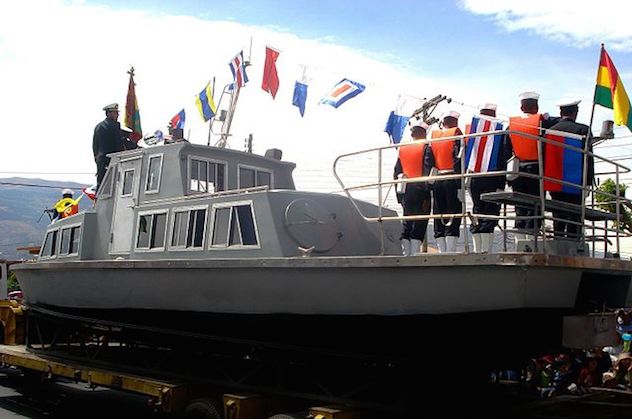
Bolivia is a landlocked country with no coastline. This small fact doesn’t dissuade the South American country from maintaining a navy. For some, the marooned navy is a joke: Scornful Chileans talk of inviting Bolivians to the beach. But for Bolivians, keeping the navy is a form of protest against what they perceive as a historical injustice.
Bolivia had access to the Pacific until the late 19th century. Blame the loss of Bolivia’s coastline to excrement—bird excrement, or “guano,” to be precise. Disputes between Bolivia and Chile over the guano-rich Atacama Desert culminated in the War of the Pacific (1879–1883), also known as the Guano War, in which Chile gobbled up its neighbor’s coastal Litoral province. Bolivia has never stopped mourning its loss: Every March 23, it celebrates Sea Day and chooses an annual Miss Litoral in a beauty pageant. The country yearns for the day when its landlocked navy, presently limited to Lake Titicaca and inland rivers, can gain the open sea once again.
In a gesture of generosity, Peru gave its neighbor a dock, a free-trade zone, and the right to sail their naval vessels on the Pacific. Peru and Bolivia have also pressured Chile to give back the land it won from the Guano War. Peru’s modest offerings may not be the coastline Bolivia has been dreaming about, but it is a start.
2The Two Pakistans
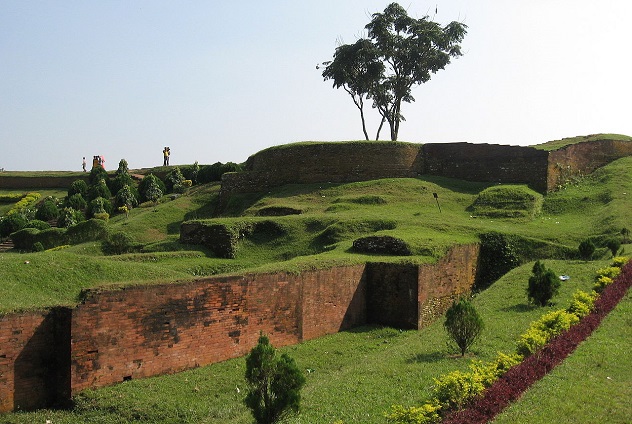
The Muslim-majority regions to the west and east of what was once British India were given autonomy in 1947. Called West Pakistan and East Pakistan, they were a single country totally separated in the middle by hundreds of miles of hostile Hindu India. This physical separation brought about insoluble political, social, and economic problems.
The two halves of the nation were also divided by ethnicity and language. The West had a majority of Urdu-speaking Punjabis, while the East was home to Bengalis. The Bengalis wanted the capital to be Dhaka rather than Karachi in the West, pointing out that 55 percent of the population lived in their half of the country. With the seat of government in Karachi, the national wealth and economic and political privileges were unfairly and unevenly distributed, with the West gobbling up most of the pie. East Pakistanis could only look helplessly across the chasm as their countrymen out west helped themselves.
Feeling that the West was exploiting them, the Bengalis soon clamored for separation and independence. Civil unrest followed as the government cracked down on the separatists, resulting in West Pakistani troops being accused of rape and genocide. On November 22, 1971, India stepped in to assist the beleaguered Bengalis. In one of history’s shortest wars, lasting a mere 13 days, India inflicted a complete defeat upon West Pakistan. The newly independent East Pakistan was renamed Bangladesh.
1Hotel Arbez Franco Suisse
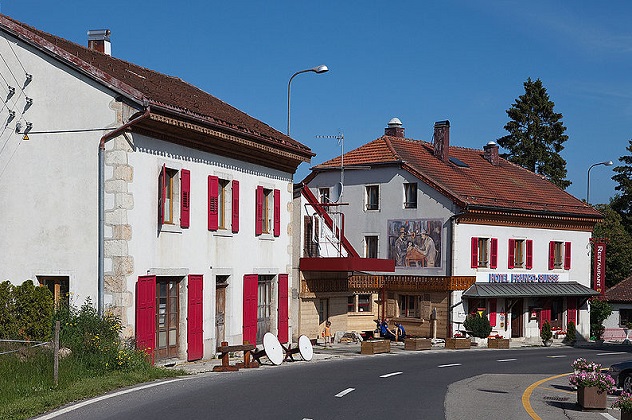
This two-star hotel in La Cure, 8 kilometers (5 mi) north of Geneva, is unique in that it sits directly over the border between France and Switzerland. In 1862, the governments of both countries drafted a treaty that adjusted their border in the Valley of the Dappes. The agreement specified that no building existing at the time of ratification would be affected by the new border, so a cunning businessman named Monsieur Ponthus decided to construct a building on the part of his property that was scheduled to be bisected by the proposed line with the intention of doing cross-border business.
The three-story building, featuring a bar on the French side and a shop in Switzerland, was successfully completed prior to ratification in February 1863. In 1921, the building was bought by Jules-Jean Arbeze, who converted it into the hotel it is today. The Franco-Swiss boundary runs through the kitchen, dining room, gift shop, and several other rooms. There are two bedrooms where you can sleep with your head in Switzerland and your feet in France. In another, the bathroom is in France, so you have to go from one country to another just to relieve yourself.
During World War II, German soldiers could only enter the hotel from doors on the French side. The Germans couldn’t go upstairs, since the stairs started in Switzerland, so the upper floors became a refuge for fugitives and resistance fighters. In 1962, the hotel provided a neutral place where the historic Evian Agreements that ended the Algerian War of Independence could be signed.
Larry’s main interests are history and chess.








